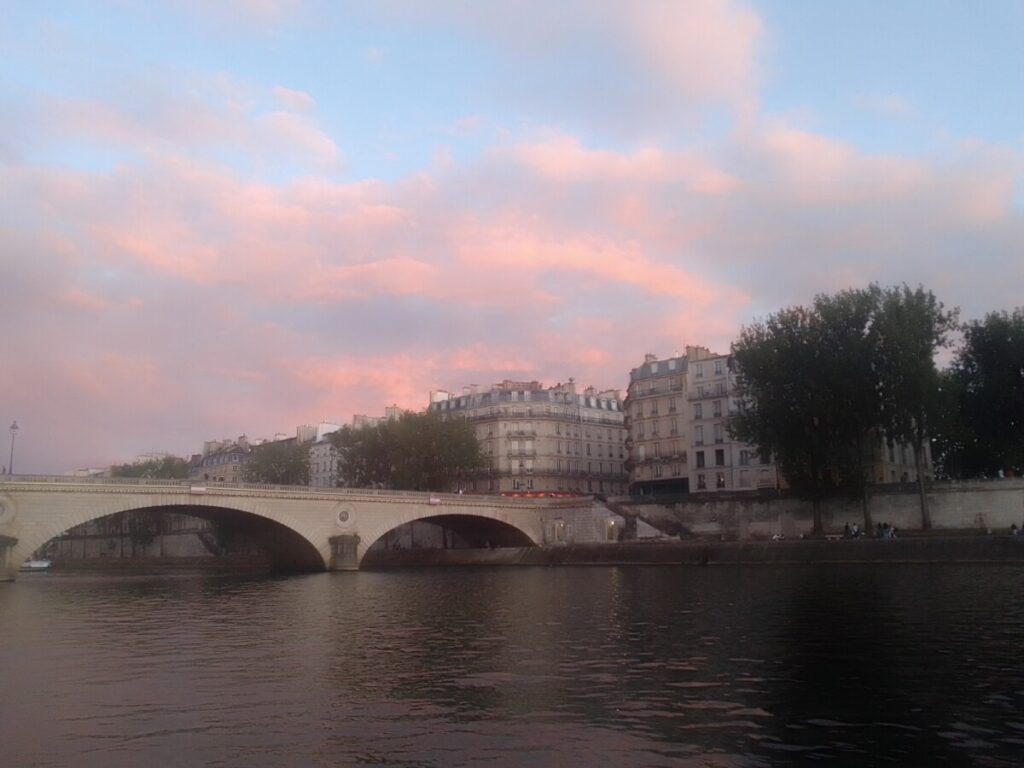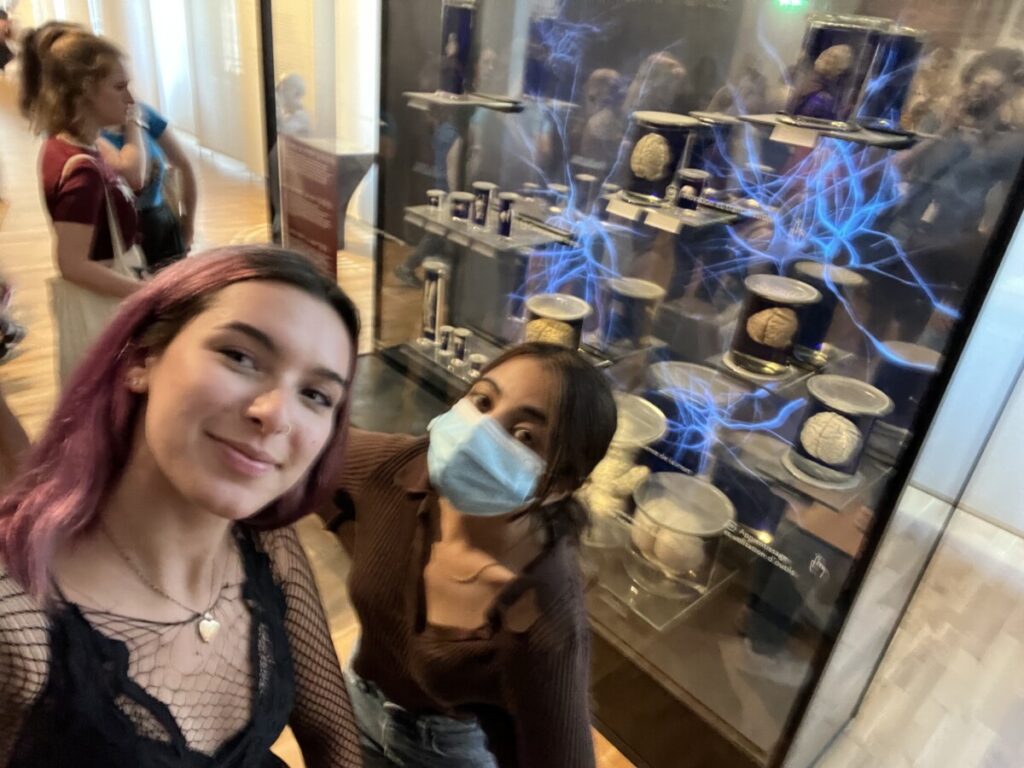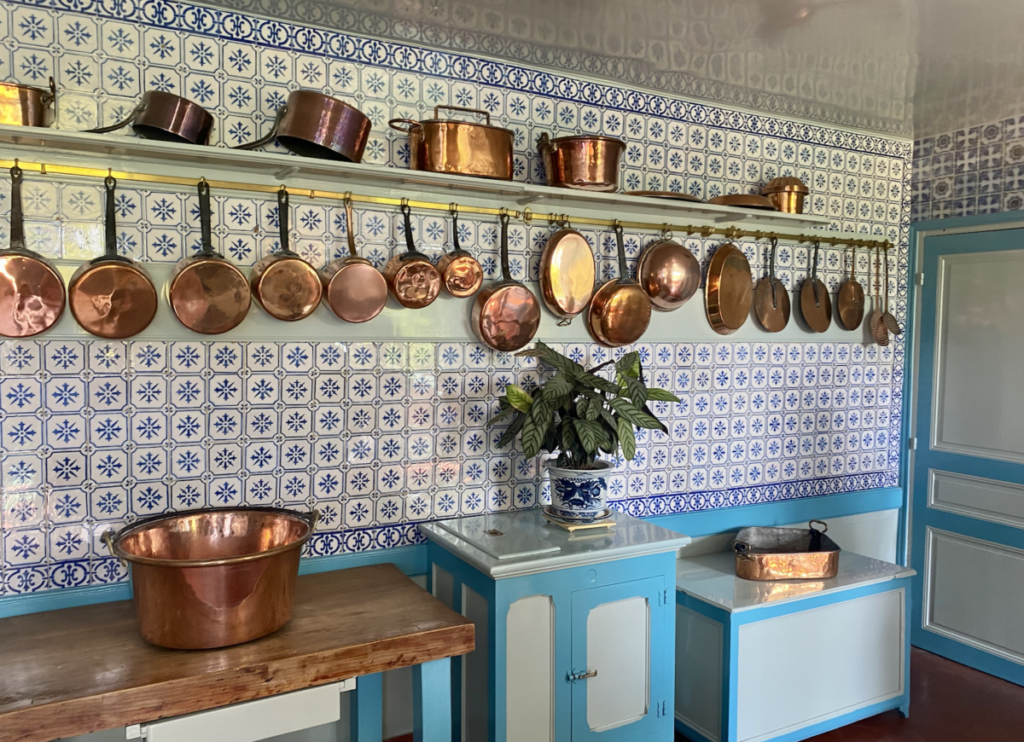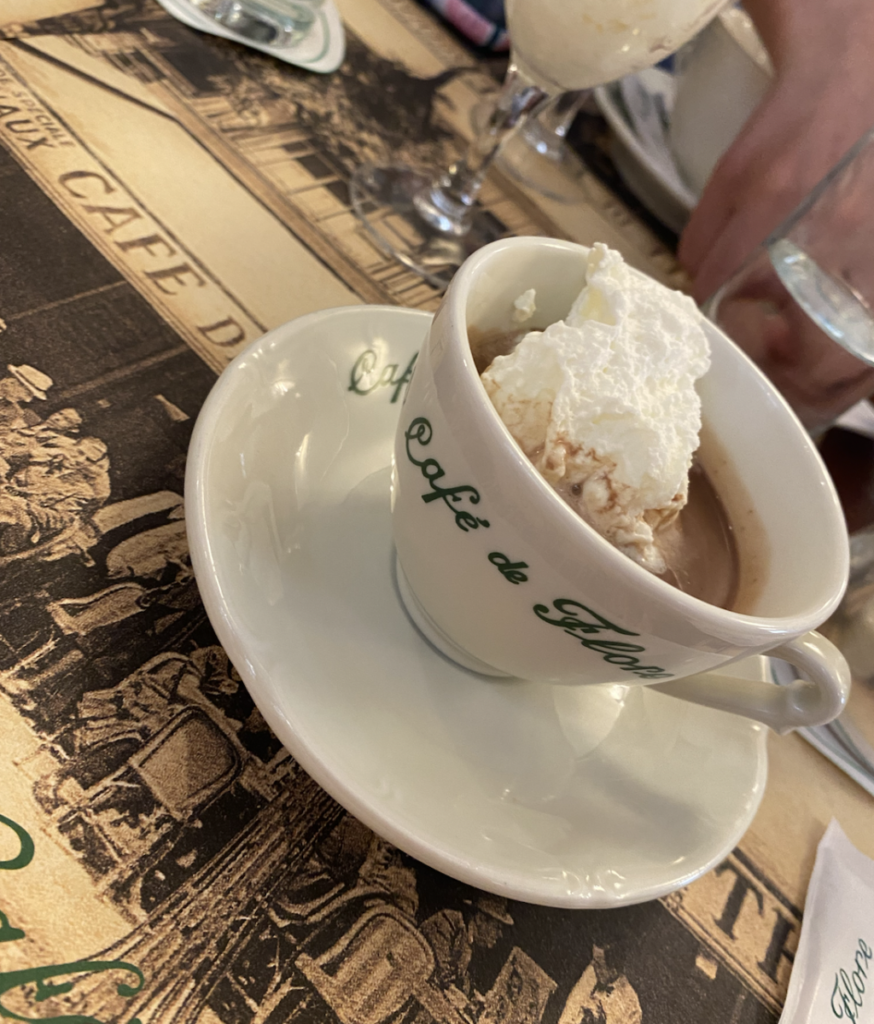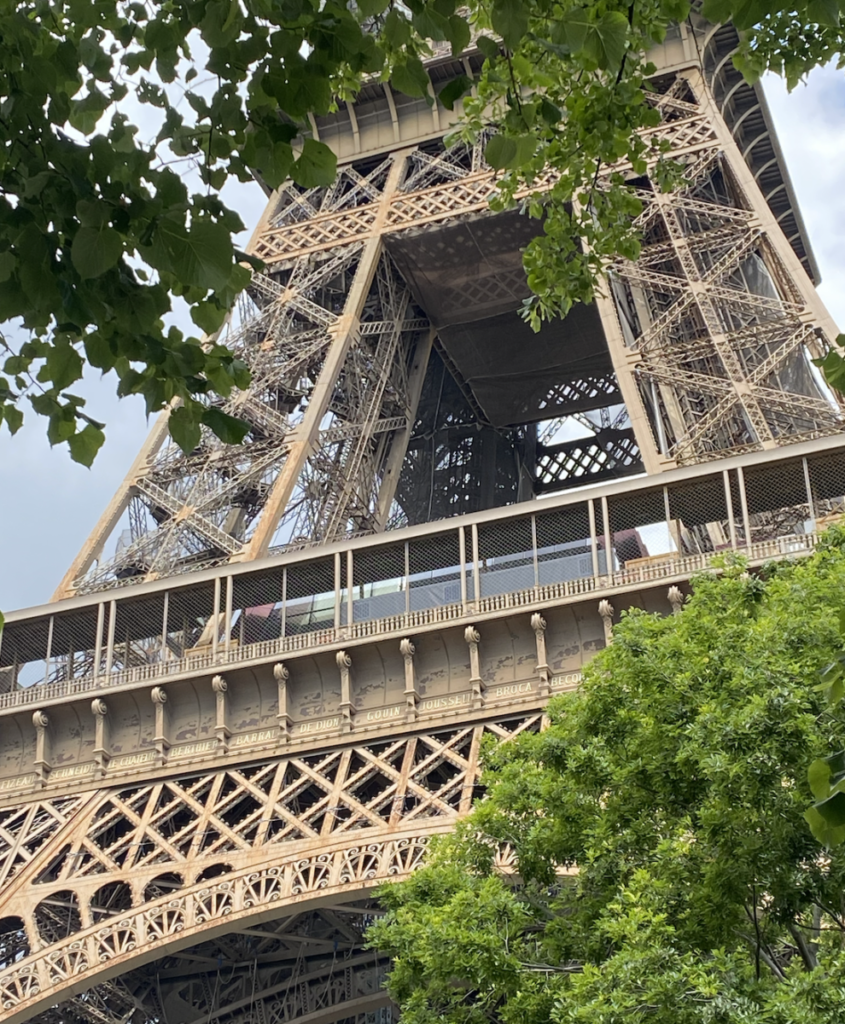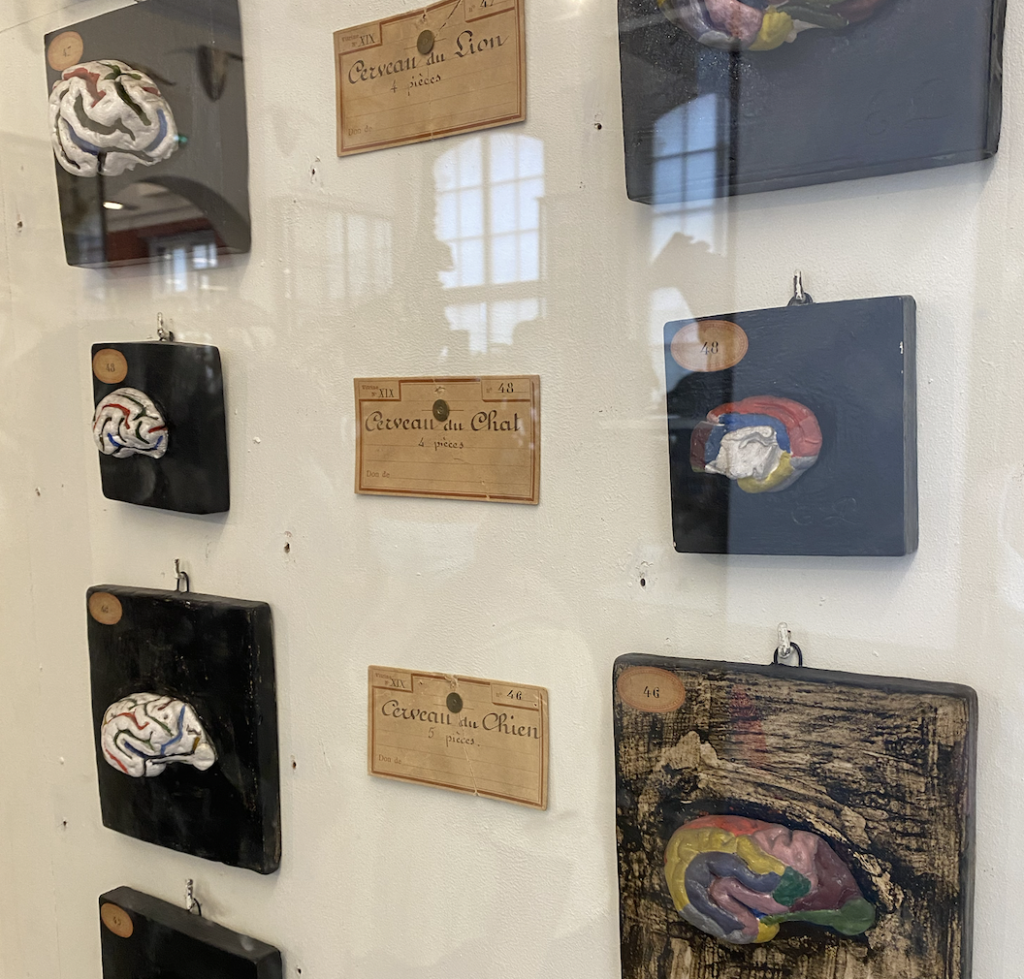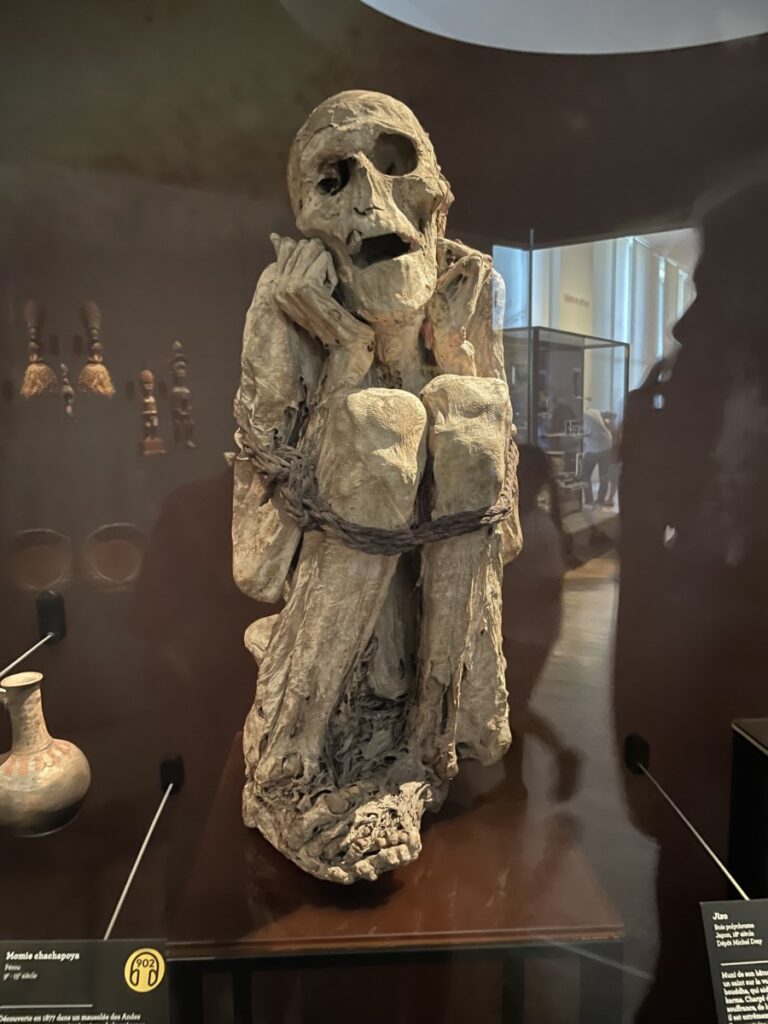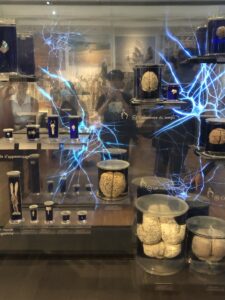
This Monday, the class visited Musee de l’Homme, an anthropology museum in Paris–right next to the Eiffel Tower. During the visit, there were audio descriptions in English for a large number of exhibits which was much appreciated especially since the majority of museums we have visited as a class only had French plaque descriptions. There was definitely a connection between neuroscience and anthropology here:
i.e.
“how anthropology and neuroscience can inform a model of the neural substrate for cultural imitative learning”
However, my favorite exhibit was the sneaker exhibit; I had a hypebeast phase, and so it was interesting to read about the origins of the rubber for the soles and construction of sneakers–products that would grow into luxury and even high fashion items today.
Reference:
https://pubmed.ncbi.nlm.nih.gov/19874969/

